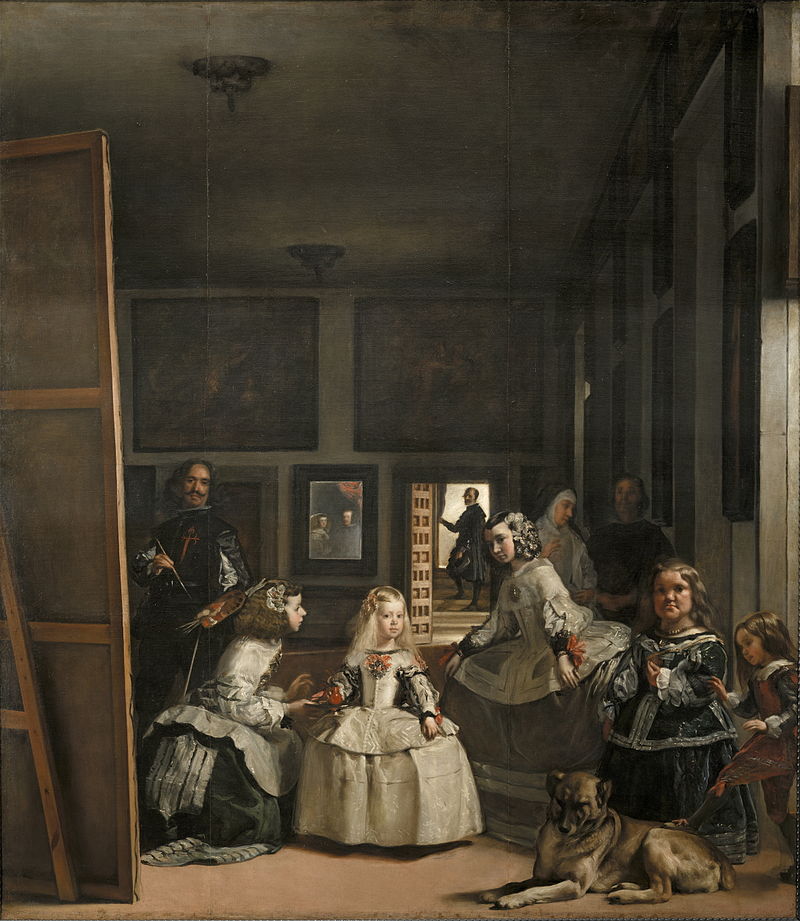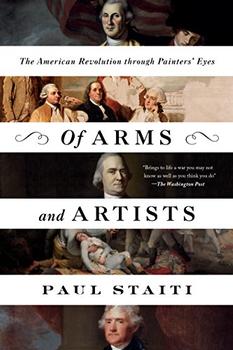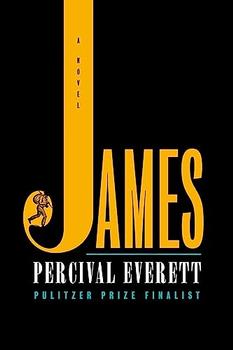Summary | Excerpt | Reviews | Beyond the book | Read-Alikes | Genres & Themes | Author Bio
A 19th Century Bookseller's Obsession with a Lost Masterpiece

Critics' Opinion:
Readers' Opinion:
First Published:
Apr 2016, 304 pages
Paperback:
Nov 2016, 320 pages
 Book Reviewed by:
Book Reviewed by:
Kim Kovacs
Buy This Book
Author Laura Cumming spins out a tale of obsession and ruin in her latest book, The Vanishing Velázquez (published in England as The Vanishing Man: In Pursuit of Velázquez).
In 1845, a bookseller named John Snare attended a boarding school auction, which included not only the desks and books, but the artwork that hung on the walls. In the process he fell in love with a work of art: a portrait hung high on a dark wall, begrimed by years of coal smoke and other pollution. The sale catalog listed it as a Van Dyke, but Snare was immediately convinced that it was, in fact, a long-lost portrait of a young man who would later become the British Charles I, painted by the little-known (at the time) Diego Velázquez in 1623 while he was employed by Philip IV of Spain. Winning the bid at only £8, Snare was so smitten that, finding the school locked and everyone gone, he broke into it after hours, got caught in the act and arrested, and only later was able to bring his prize home. Snare's subsequent attempts to prove the painting's provenance and his unadulterated passion for it eventually cost him his livelihood, marriage and family, and his home.
Snare's fascination and the lengths he went to to research the portrait makes a marvelous story in itself. The author stresses how challenging his task was in an era when there were no photographs, travel was difficult, communication slow and the Internet non-existent. She writes that Velazquez's paintings "have no titles, no inscriptions, rarely a date or a signature; he kept no record of their sequence, as far as we know, and the questions of when they were made and why (and if, indeed, they are painted by him) drive scholars, as one has written, 'into a world of pain.'" While modern art historians can determine who painted a particular work with X-rays that can illuminate an artist's brushwork, such technologies were unavailable to Snare. It's truly remarkable what he accomplished with such limited resources, creating an intriguing detective story from which Cumming is able, through thorough research of her own, to piece together Snare's life and actions.
But there's much more to this book than Snare's story. The author seems to have nearly as much love for Velázquez and his work as Snare did; she conducted her own investigation into what is known of this elusive artist. Not finding much more information than Snare did, she turned instead to analyzing the composition of Velázquez's paintings to determine what characteristics the man may have possessed. At one point she makes note of the fact that he often painted the court dwarves, such as court entertainer Francisco Lezcano, Sebastian de Morra (who taught Philip's son about horses, weapons and the principles of war) and Don Diego de Acedo, keeper of the Royal Seal. Although some art critics have called these figures deformed, half-witted and weak-brained – biases the author claims persisted into the 20th century – she disagrees, pointing out an expression, posture or prop that in fact emphasizes the subject's intelligence or humanity. Of the portrait of Don Diego she writes:
Into this volume [a large account book positioned in front of the subject] he presses a tiny hand, bearing the monumental weight of pages. Velázquez gives him the fullest respect in the posing alone – the way that Don Diego handles the burdens of seniority, the way his fingers are both at work and tactfully concealed by that work. He is not too small for high office; it's an image of exquisite tact...The hat is jaunty, but there is suffering in that highly intelligent face...It is a grave and penetrating study of a pensive man.
Cumming uses this line of reasoning to hypothesize that Velázquez had great respect for everyone at court, be they king or jester. Several of Velázquez's paintings, such as Christ in the House of Mary and Martha, The Portrait of Pope Innocent X, and his Rokeby Venus, are explored using this perspective.

In the process of analyzing works to determine the painter's character, the author also describes aspects of each that illustrate the artist's true genius, such as Velazquez's depiction of his subjects in such a way that they appear to be communicating vital information to the observer through their eyes; in turn, the viewer feels observed. Cumming particularly mentions Las Meninas as an example, where several of the individuals in the painting appear to be aware of their audience. This technique was so widely admired by those at the Spanish court that "Velázquez's way of painting was thought miraculous, magical, above all mysterious."
Cumming writes an absorbing, quick-paced book that many non-fiction readers will enjoy. One needn't be an art aficionado to appreciate it. I found it similar to Erik Larson's The Devil in the White City from the standpoint that the author transforms a little-known subject into one that is endlessly entertaining. Those with an interest in great artwork will certainly want to shortlist The Vanishing Velázquez, but it will undoubtedly appeal to a wider audience.
Picture of Las Meninas from Museo del Prado
![]() This review was originally published in The BookBrowse Review in April 2016, and has been updated for the
November 2016 edition.
Click here to go to this issue.
This review was originally published in The BookBrowse Review in April 2016, and has been updated for the
November 2016 edition.
Click here to go to this issue.

If you liked The Vanishing Velazquez, try these:

by Jonathan Santlofer
Published 2021
A gripping novel exploring the Mona Lisa's very real theft in 1911 and the present underbelly of the art world, The Last Mona Lisa is a suspenseful tale, tapping into our universal fascination with da Vinci's enigma, why people are driven to possess certain works of art, and our fascination with the authentic and the fake.

by Paul Staiti
Published 2017
A fascinating look at how the art world viewed the American Revolution, and how their work still effects the way we view those events today.




The low brow and the high brow
Click Here to find out who said this, as well as discovering other famous literary quotes!
Your guide toexceptional books
BookBrowse seeks out and recommends the best in contemporary fiction and nonfiction—books that not only engage and entertain but also deepen our understanding of ourselves and the world around us.